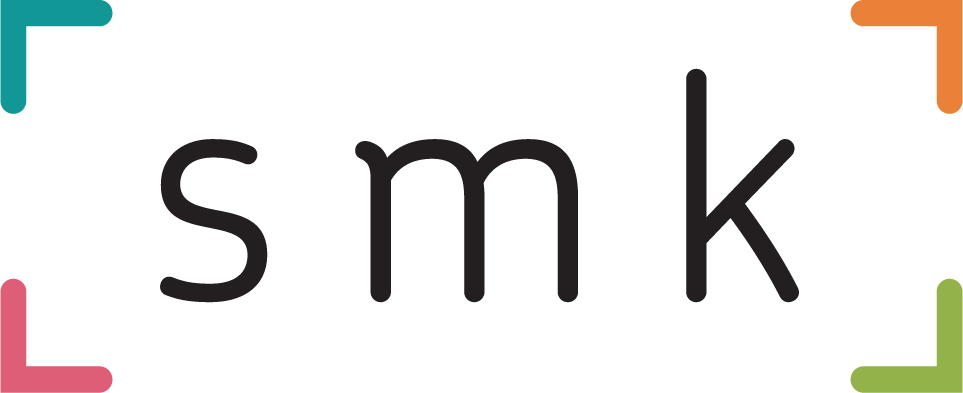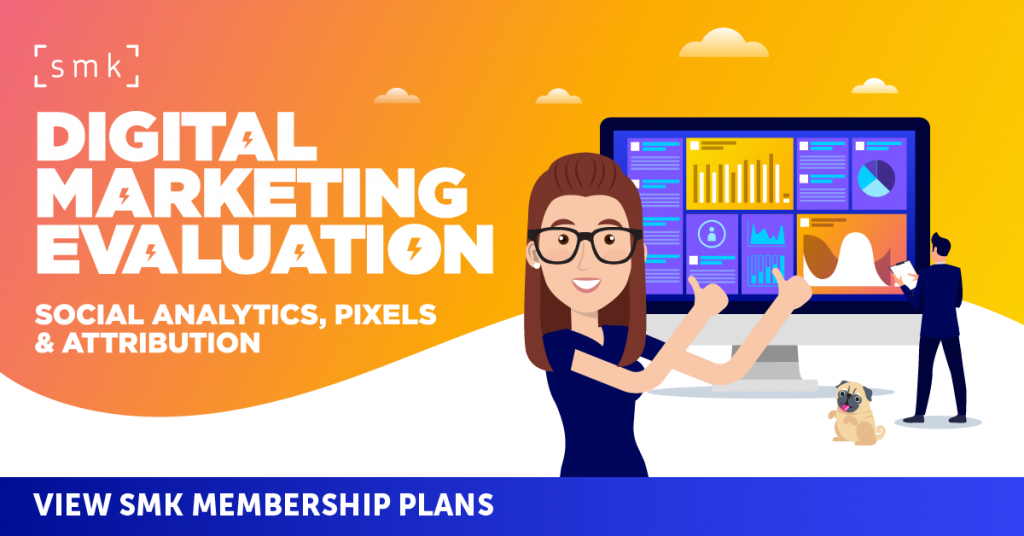One year on from the January 2011 Queensland floods, the integration of social media as a crisis management tool has been recognised as crucial to emergency efforts. Thanks to a report from the ARC Centre of Excellence for Creative Industries and Innovation, as well as the Queensland Police Service’s own case study, real data is now available to assess how social media channels can be put to work in an Australian humanitarian crises.
Instant Information
During last year’s Queensland floods, social media channels emerged as the go-to medium for the timely release of valuable emergency information. Across Twitter, Facebook, and to a lesser extent YouTube, several key resources—above all the Queensland Police Service Media Unit (@QPSMedia)—established themselves as community leaders by maintaining a constant flow of reliable real-time information (including important “mythbusting”) that greatly contributed to the management of the crisis.
Channels Used
Of all social media platforms, Twitter and Facebook have been identified as the most prolific source of immediate information throughout the Queensland floods.
According to the ARC Centre’s report, Twitter became the focal point for information dissemination—particularly Queensland Police’s @QPSMedia account—with the hashtag #qldfloods serving as the central coordination mechanism for flood information. However, Facebook’s role was also significant, with the Queensland Police Service’s Facebook page exploding from 16,000 likes to a staggering 165,000 during the peak of the crisis.
Facebook posts were re-delivered via Twitter, and tweets frequently directed people to Facebook and YouTube content. For example, a typical process might involve the live streaming of a media conferences via the QPS Facebook page, a simultaneous live-tweeting of the main points, followed by an upload of the video to YouTube amplified through Twitter and Facebook notifications, together with uploading dot-point summaries.
Also significant is what the QPS have termed an “almost instant crossover between ‘new media’ and ‘old media’”. The uptake of Twitter feeds in live coverage by major media outlets (running #qldfloods tagged tweets as part of their live news tickers) helped increase the spread of crowd-sourced information and gave less social media savvy residents access to the same instant information.
Key Resources
The ARC report highlights a number of key social media players during the management of the crisis. Channel 7’s Sunrise program (@sunriseon7), the Courier Mail newspaper (@couriermail), radio station ABC 612 Brisbane (@612brisbane) and ABC News (@abcnews), were all identified as leading go-to streams of crowd-sourced information throughout the floods.
However, it was the Queensland Police Service Media Unit (@QPSMedia) that developed a position as the defacto #qldfloods community leader (with an average of 25 retweets per posting) despite no specific QPS directive or policy decision to increase social media participation during the floods.
The QPS’s growing use of social media occurred organically, as it became recognised as the easiest and fastest way to get information out to the community. There was no official clearance process for released information. Instead the QPS Media Unit was trusted to use their own judgement, allowing for information to be transmitted without delay, and no doubt helping establish their leadership position.
Number Crunching
Between 10 January and 16 January 2011, more than 35,000 tweets tagged #qldfloods were posted by more than 15,000 individual users.
Peak activity occurred around noon on 11 January 2011 with approximately 1,100 tweets per hour being sent as the Brisbane River overflowed its banks. On 12 January, nearly 7,000 twitter users either posted original or retweeted information.
Of the information shared, 50-60% were retweets while 30-40% consisted of web links to further information. Original tweets and @replies were found in the minority with message content dominated by images and video, followed by mainstream media and government generated information.
Tweeted Facebook and YouTube posts also made up significant numbers, demonstrating the degree to which major social media platforms can be used together to reach a wider audience.
Currently the QPS Facebook page has over 260,000 likes while @QPSMedia maintains almost 22,000 followers.
Main image courtesy Axel Bruns



RECOMMENDED FOR YOU
Meta Brings AI Video Editing to Instagram and Meta AI
Meta has launched a new AI-powered video editing feature…
Meta has launched a new AI-powered video editing feature…
Google Expands AI Max To Boost Search Ads
As generative AI continues to reshape how people interact…
As generative AI continues to reshape how people interact…
Google Analytics Launches New AI “Generated Insights”
Google has introduced a new feature in Google Analytics…
Google has introduced a new feature in Google Analytics…